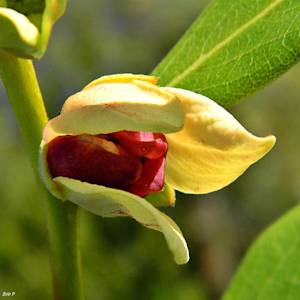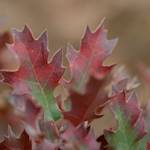White Ash, Fraxinus americana
1950 CE • Eastern United States
“How many thousand-thousand of untold white ash trees are the respected companions of our doorways, kindliest trees in the clearing beyond the cabin? No one can say. But this is a tree whose grave and lofty character makes it a lifelong friend. White ash has no easy, pretty charms like dogwood and redbud; it makes no over-dramatic gestures like weeping willow and Lombardy poplar. It has never been seen through sentimental eyes, like the elm and the white birch. Strong, tall, cleanly, benignant, the ash tree with self-respecting surety waits, until you have sufficiently admired all the more obvious beauties of the forest, for you to discover at last its unadorned greatness.” - Donald Culross Peattie, A Natural History of Trees of Eastern and Central North America, 1950 Fraxinus americana was a common species throughout the Eastern forest of North America. It provided forage for numerous animals and is known for its ability to form trunk cavities, providing habitat for nesting birds and mammals. The emerald ash borer, an iridescent green beetle likely introduced in the late 1990s from northeastern Asia, killed off tens of millions of Ash (including, but not limited to, Fraxinus americana), becoming the most costly and destructive forest insect to invade North America.
Peattie, Donald. A Natural History of Trees of Eastern and Central North America. Houghton Mifflin, 1950. Siegert, Nathan W., et al. “Dendrochronological Reconstruction of the Epicenter and Early Spread of Emerald Ash Borer in North America.” Diversity and Distributions, vol. 20, no. 7/8, Wiley, 2014, pp. 84
Plate 118 from vol. 3 (Paris 1819) of The North American Sylva: Fraxinus americana. François André Michaux (book author), Augustus Lucas Hillhouse (translator), iii (illustrator), eee (engraver)


Learn about Maya Lin’s fifth and final memorial: a multi-platform science based artwork that presents an ecological history of our world - past, present, and future.

Discover ecological histories and stories of former abundance, loss, and recovery on the map of memory.

Learn how we can reduce our emissions and protect and restore species and habitats – around the world.

See how art can help us rethink the problems we face, and give us hope that each one of us can make a difference.

Help make a global memorial something personal and close to home. Share your stories of the natural world.


